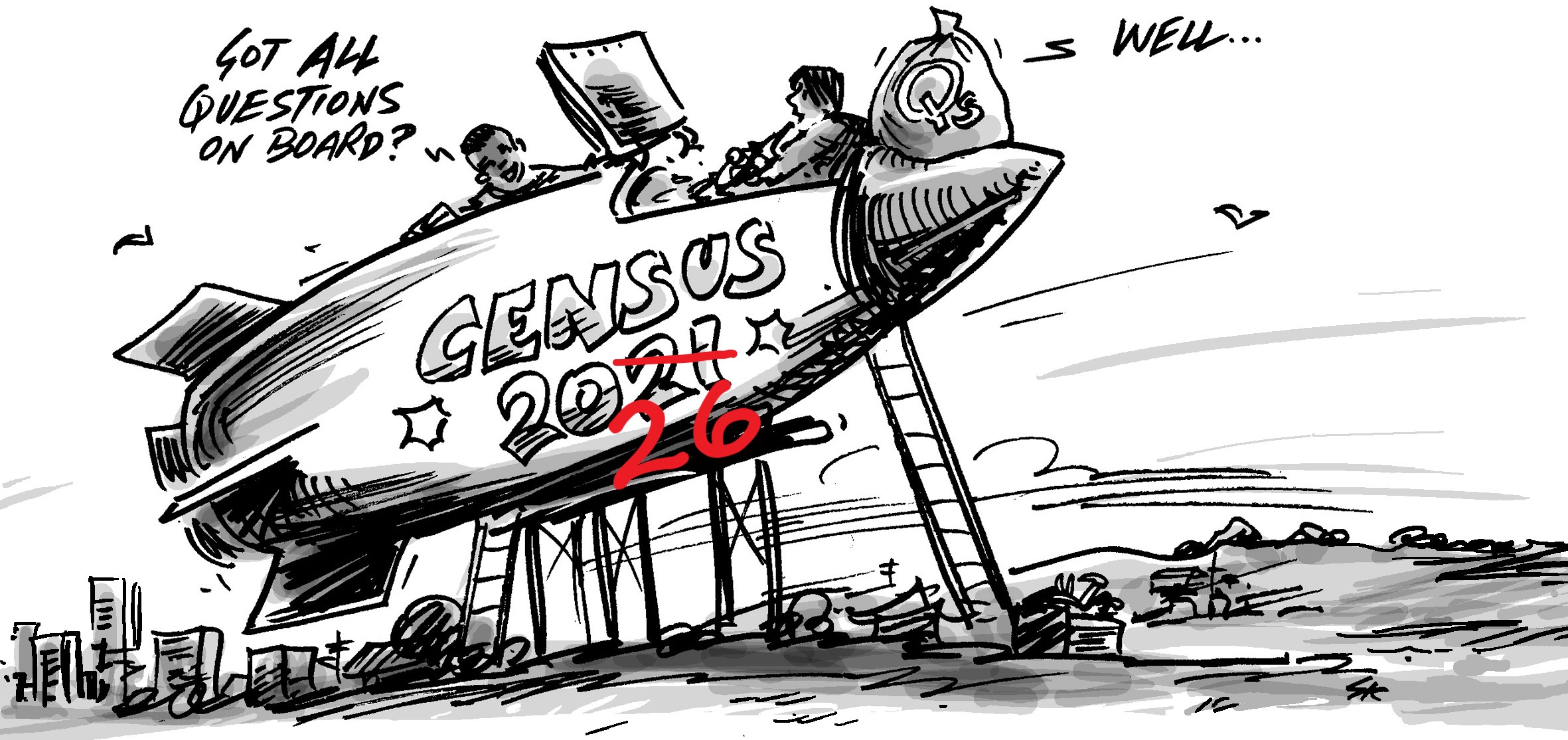The Census was conducted in Australia on Tuesday 9 August 2011. Inevitably we received a few phone calls in the following weeks asking if we had the results yet! But that’s just the beginning of the process. There’s a huge amount of work that needs to happen to capture and process the data and then convert it into useful information for decision making. This blog will tell you all you need to know about 2011 Census release dates, .id’s schedule for updating our online demographic resources and how to register for notification of updates.

First it’s the ABS’ turn. They have the incredible task of collecting, capturing, coding and validating the data in over 11 million Census forms. Then it’s our turn. As a licensed intermediary of ABS Census data, we take the raw Census data and convert it into online information tools that are used in communities across Australia to inform decision makers, access funding and advocate for services.
ABS Census 2011 release dates
As you can imagine processing the results of around 11 million Census forms can take a while. This Census, it looks like the Australian Bureau of Statistics (ABS) met it’s target of having at least 30% of households completing their Census form online. Even so, it’s still a huge data processing task is expected to take the ABS around 11 months.
This Census the results will be released in three phases.
First release – 21 June 2012 – core demographic data – e.g age structure
Second release – 30 October 2012 – data requiring more detailed processing e.g. journey to work
Third release – 28 March 2013 – specialist data e.g. SEIFA indices
Estimated Resident Population by age and sex – August 2012. This forms the base data for population forecasting.
A list of topics included in each release can be found in the PDF version of the Census Dictionary, on the ABS website (pg15).
A detailed information paper about the 2011 Census release is available from the ABS website here for those of you who aren’t scared of the detail.
How .id uses Census data
.id is a licensed intermediary of ABS Census data. This means we take the raw data that is released by the ABS and add significant value to it – in essence converting Census data into information and knowledge for decision making by answer three key questions.
- who are we? ( by converting standard ABS geographies into communities of interest (eg gazetted suburbs))
- how do we compare to other areas? (by benchmarking local data to regional, state and national data)
- how are we changing? (by concording Census data over 5 Census periods to provide an accurate time series (1991, 1996, 2001, 2006, 2011))
This enables us to convert the data into stories about places and the people who live there – and provide an accessible and understandable evidence base for decision making.
We deliver this information in a series of online products or tools – our main Census tools are a community profile (profile.id) and a social atlas (atlas.id). These tools are subscribed to by over 220 local councils across Australia. They make these tools available via their websites and all sorts of people access them – councils staff, Councillors, students, local businesses, investors, community groups, curious locals…you can too through our demographic resource centre.
…all of these people are anxiously awaiting the release of the 2011 Census so that we can update their community profiles.
YOU CAN REGISTER HERE TO BE NOTIFIED AS SOON AS OUR PUBLICLY AVAILABLE SITES ARE UPDATED WITH 2011 CENSUS RESULTS.
.id release dates for profile.id
We will updating our online products in phases as data is released by the ABS. It’s a particularly big job this year because the geographic units at which the Census will be released is changing, and so there will be a lot of work to do to enable us to compare this Census data with previous ones. It’s a challenge we’ll happily take on as we know how important time series is to understand where a places are in a cycle of change.
It will take us about three month to process the data for the whole of Australia and get it ready to go into the profile.id and atlas.id products. The following are our anticipated release dates.
Release 1 data – by September 2012
Release 2 data – by January 2013 – revised – new release date November 30 2012
Release 3 data – by May 2013
.id release dates for atlas.id
Both first and second release data will be updated together and the new atlas.id will be released by 1 February 2013.
.id release dates for forecast.id
id undertakes population forecasts for 130 local government areas across Australia. These are also made publicly available from our demographic resource centre. We use the latest Census year as the base year and then project the population forward by 25 years.We will recast our forecasts using 2011 derived Census data as the new base year.
Desktop update – commences August 2012 for completion by November 2012. This will update our current 2006 based forecasts with 2011 dwelling totals and Estimated Resident Population (ERP). Future assumptions will generally remain unchanged.
Full forecast revision – commences December 2012. We will individually re-model all 130 forecasts using 2011 derived data for the base year, and revising all future based assumptions out to 2036. We will release the updated forecasts as they are completed over an 18 month period.
It’s a very exciting and creative time here at .id and we’re looking forward to sharing the results with you.
YOU CAN REGISTER HERE TO BE NOTIFIED AS SOON AS OUR PUBLICLY AVAILABLE SITES ARE UPDATED WITH 2011 CENSUS RESULTS.












